This is just a word of warning for those who are thinking of buying modified car alternators from http://www.hurricanewindpower.com/ or http://www.prestowind.com/
—- I did have rather a nice photo of some alternators and parts here but Tim at Presto asked me to remove it. Fair enough. Click on the above links to see the nice photos and plausible sales talk.
Dear Hugh,
Please remove any pictures and content from your blog/website that are the property of Presto Wind(TM). You are free to exercise your opinion, but not to use our pictures and data, without permission. So called “car alternators” are absolutly fine and offer the customer an affordable alternative to building a RF alternator. Thank you Sir.
Best Regards,
Timothy Moeller, MSME, P.E. Ohio, Nebraska
Engineering Dept.
———
The specifications are not always completely clear on these web sites.
You will come across tables of figures like this
50 RPM- 18 volts x 0 amp = 0 watt
80 RPM- 24 v. x .25 amp = 6 watt
100 RPM- 32 v. x .50 amp = 16 watt
200 RPM- 72 v. x 1 amp = 72 watt
etc…
The watts figures cannot be simply used to predict the power that you will get from the alternator at a given RPM. “All readings are based on open current voltage and shorted load ” means that these are not taken at the same time (as you would do to measure power) but under two separate artificial conditions.
In reality the alternator will not produce any power with an open circuit or a short circuit. The useful data would be what actual power it can produce charging at 12 volt battery but you need to try and figure this out for yourself. The results will be a lot lower than you might think.
In the above example the alternator can cut in at a very low rpm and produce 12 volts for battery charging, but its internal impedance is evidently very high which means that the output current is pitiful. Current in amps to charge a 12 volt battery will be lower if anything than the tiny short circuit currents quoted in the above list.
These permanent magnet alternators can be useful for home-brew projects and a lot of people have fun fitting them with small blades made out of bent bits of metal. But beware of the hype because these guys are out to sell you stuff, and not to make it completely clear whether it will actually work well for you. A small turbine on your garage rooftop is not going to be able to catch much energy, and one of these alternators is not an efficient energy converter (any more than the bent metal blades) so don’t get high hopes of powering your house but you can have a lot of fun with them if you are realistic.

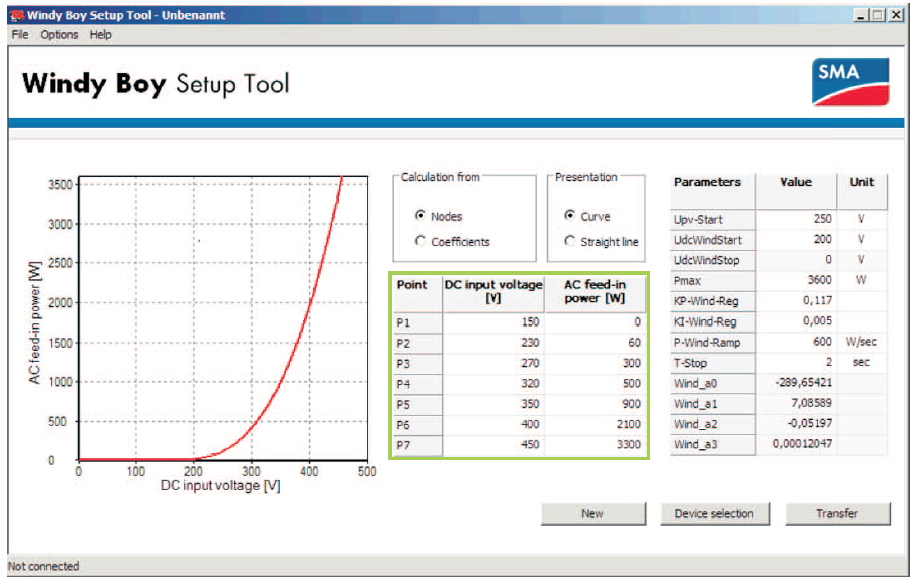
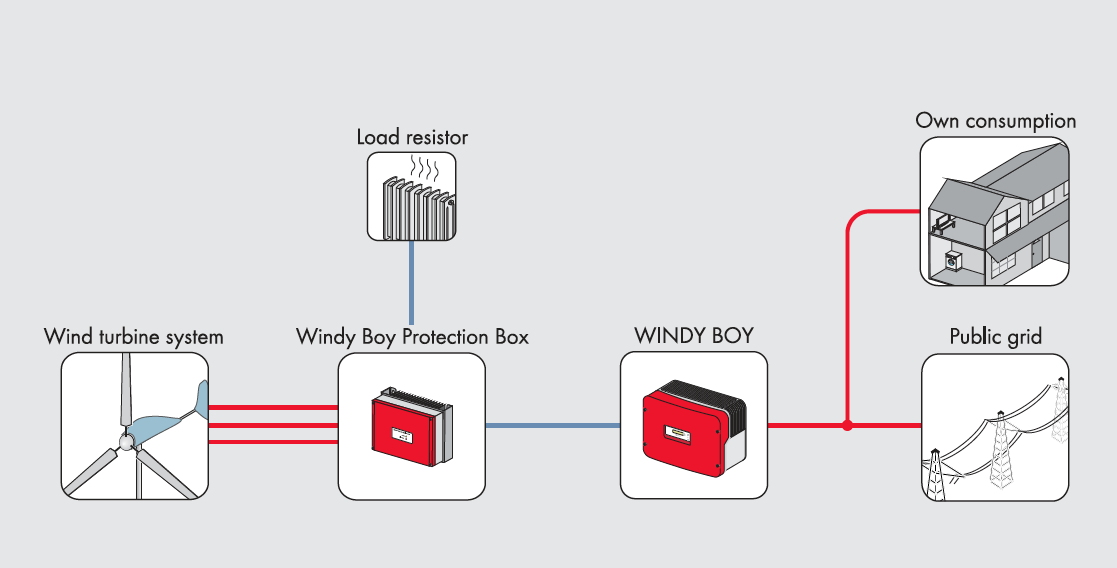
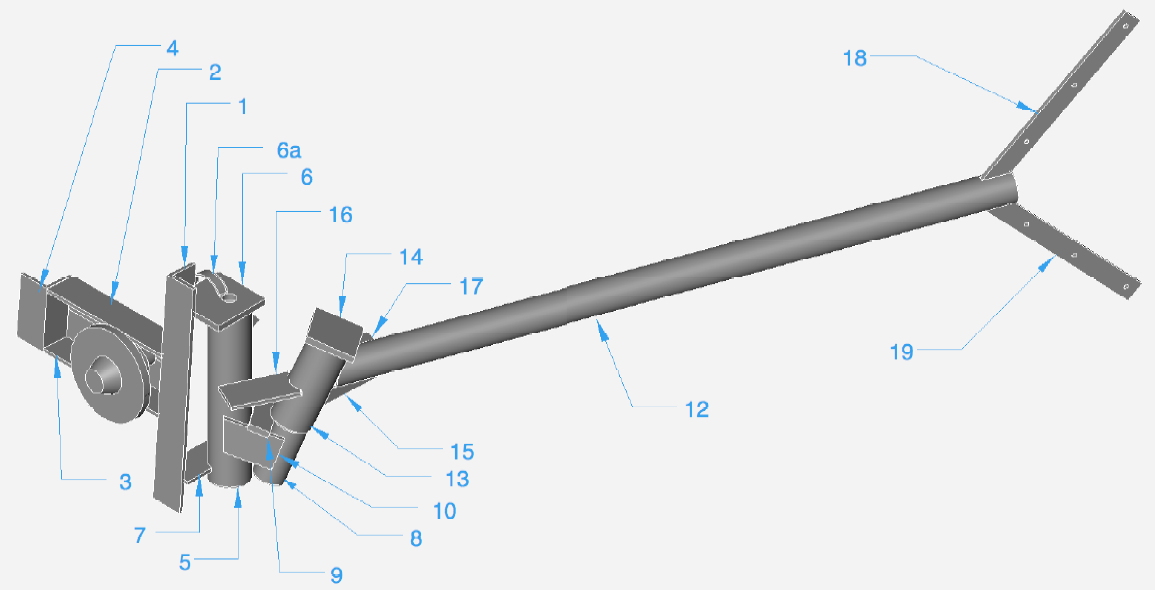
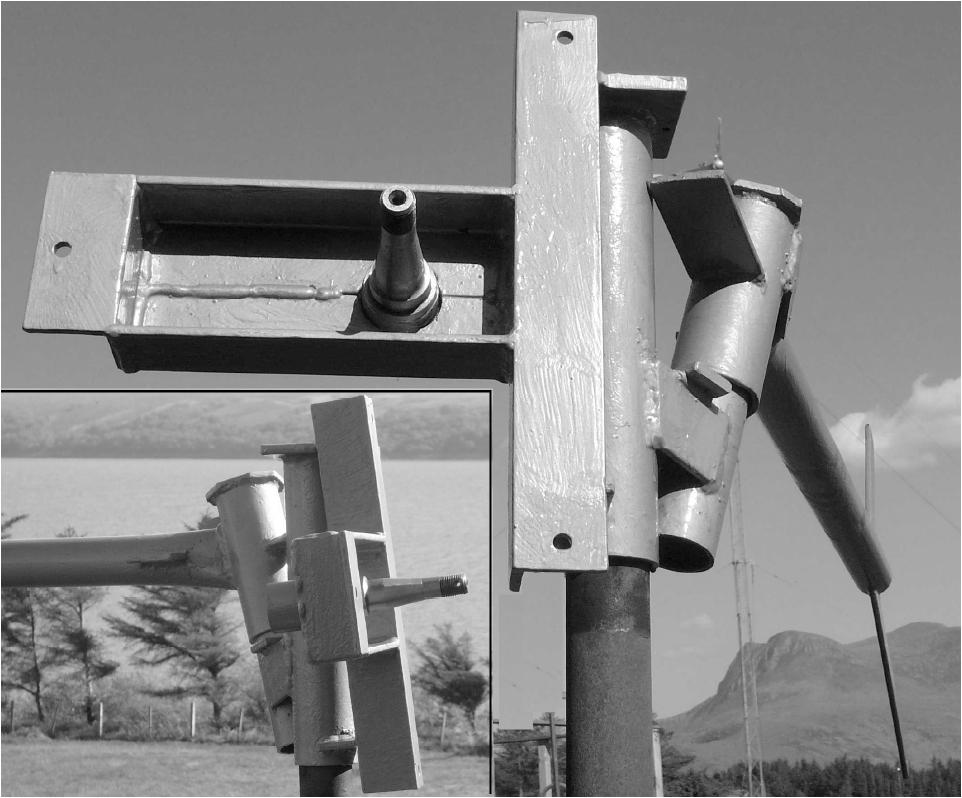
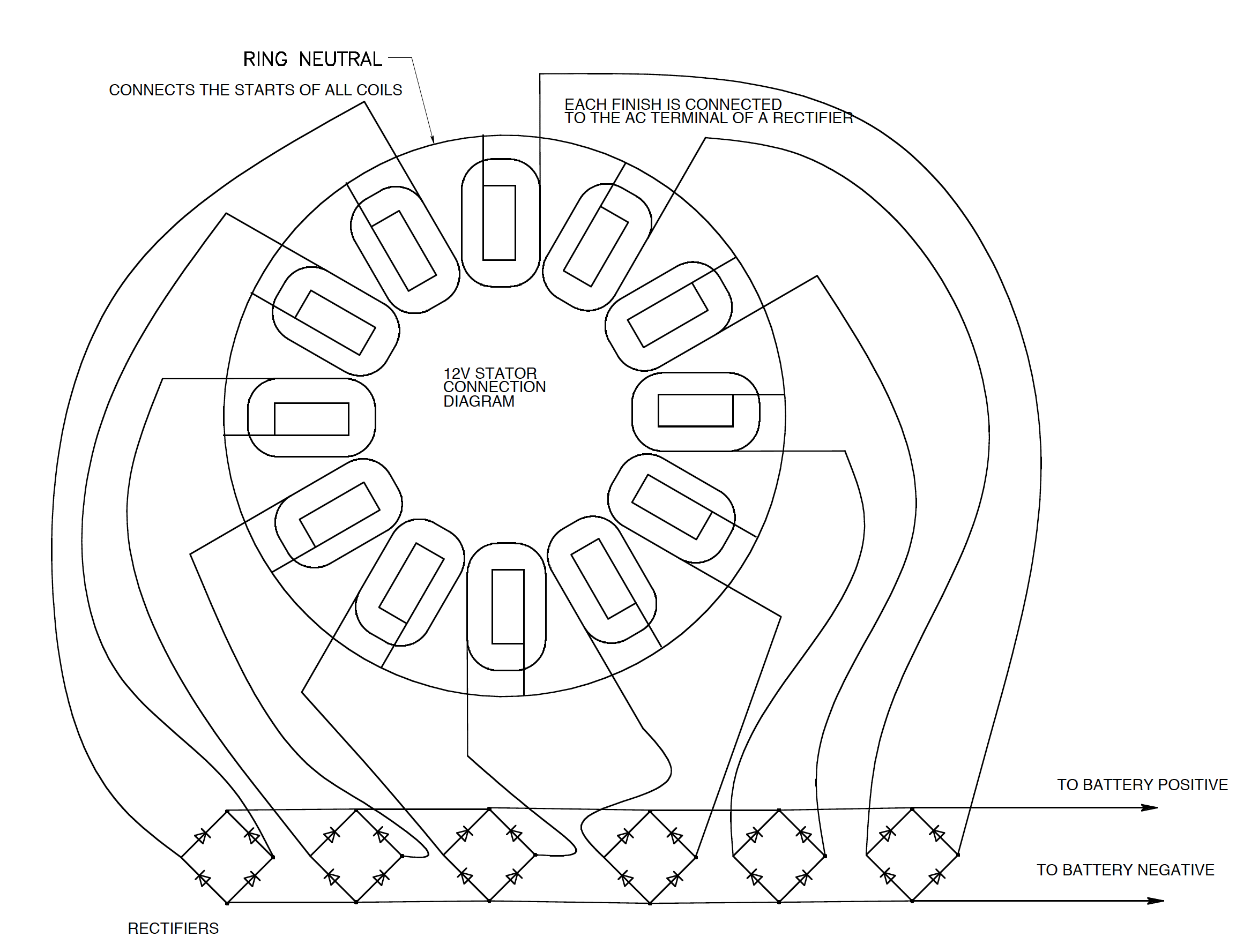


 Crowood Press
Crowood Press 